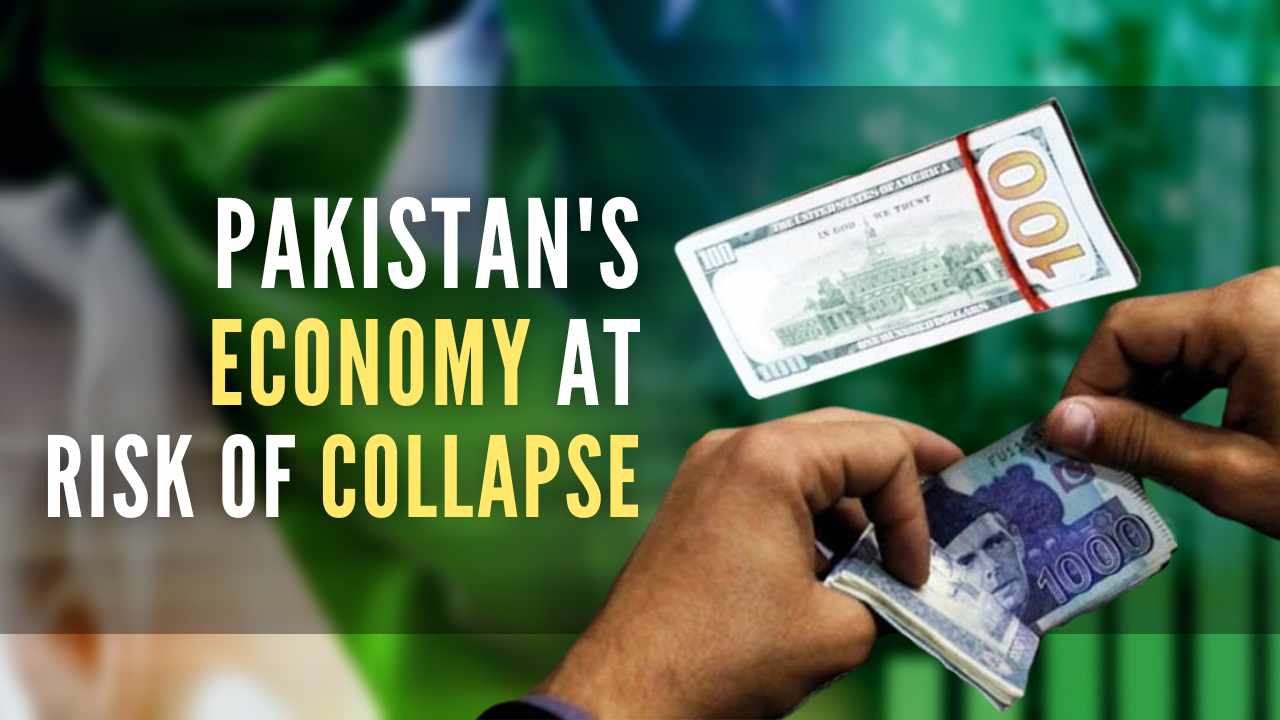Pakistan is currently facing a severe economic crisis characterized by a shortage of dollars, leading to a complete halt in the import of essential food and beverages. The situation has resulted in thousands of stranded containers at ports, incurring fines and additional charges for traders. The lack of sufficient foreign exchange, which the Pakistan State Bank (PSB) has been unable to provide, has further exacerbated the country’s economic challenges.
Importers Forced to Suspend Imports:
Due to the unavailability of dollars, commercial dealers across the country have been compelled to suspend imports. The Karachi Wholesale Grocers Association Society reported that banks have refused to provide the necessary foreign currency, leaving importers with no choice but to halt shipments. A meeting held by the association concluded that no shipment should be dispatched after June 25.
Depletion of Foreign Reserves:
Pakistan’s dollar crisis can be attributed primarily to the depletion of the country’s foreign reserves over the past year. The economy suffered a significant setback due to devastating floods in northwestern Pakistan, followed by disruptions in oil supplies during the Russia-Ukraine war. These events made it challenging to pay high tariffs on imported oil, contributing to the current crisis.
Political and Economic Challenges:
The economic condition worsened amidst a political crisis that arose when Imran Khan was voted out of office in April 2022. The new Prime Minister, Shehbaz Sharif, faced difficulties in arranging loans, leading to frequent visits to Saudi Arabia and the United Arab Emirates (UAE) in search of bailout packages. The political and economic instability has further strained Pakistan’s ability to address the dollar crisis effectively.
High Inflation and Economic Hardships:
Pakistan is currently grappling with a 50-year high inflation rate, pushing a significant portion of its population towards poverty. To alleviate the burden on people amidst skyrocketing prices, the government established centers for the distribution of free wheat flour in April. Unfortunately, stampedes occurred at these centers, resulting in several fatalities and setbacks for the scheme. Pakistan’s high inflation, unemployment, and low GDP growth rates have placed the country at a disadvantage compared to its neighboring nations.
Reliance on Foreign Loans and Debt Repayment:
Pakistan’s economic model heavily relies on foreign loans, making the government dependent on external assistance and exposing the country to the risk of bankruptcy. In the coming years, Pakistan faces the challenge of repaying nearly $80 million in debt, with a significant portion owed to China, a consistent supporter. While recent reports indicate a $1 billion loan from China, the sustainability of such aid remains uncertain.
Find More International News Here



 Indian Olympic Medal Winners List Till N...
Indian Olympic Medal Winners List Till N...
 Who is the Inventor of the Gramophone?
Who is the Inventor of the Gramophone?
 HS Dhaliwal Appointed New DGP Of Andaman...
HS Dhaliwal Appointed New DGP Of Andaman...
